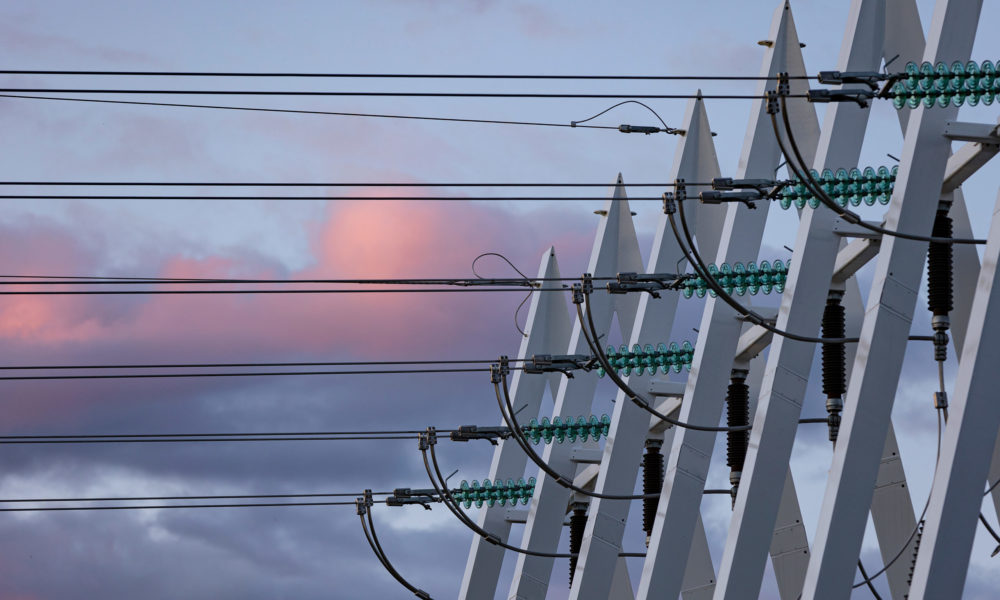Safety and environmental audits are conducted at Fingrid’s substations, transmission lines and reserve power plant maintenance and investment worksites. The purpose of auditing is to help people on worksites operate more safely and contribute to meeting the requirements set by contracts and laws.
In practice, auditing means that Fingrid’s occupational safety and environmental experts spend an entire day familiarising themselves with the activities on a worksite. The morning is spent reviewing the documentation on safety, the environment and the responsible use of labour. This includes matters such as the worksite organisation, safety planning and monitoring, and arrangements related to the environment and land use. In the afternoon, the experts familiarise themselves with the worksite and assess how well the plans are put into practice.
Special arrangements during the pandemic
The regulations and recommendations issued by the authorities are observed in all of Fingrid’s operations, and this also applies to audits and safety walks. The amount of remote communication has been increased in order to minimise contact.

The documentation can be audited remotely, just like any other online meeting. If helmet cameras are used, a smaller team can conduct the actual worksite visit. In practice, it is sufficient to have the working group, worksite manager and one of the auditors on the site. The other members of the audit group can watch via a remote connection.
“We had planned to introduce helmet cameras before the pandemic, and this situation gave us a real reason to deploy them,” says Timo Kiiveri, Senior Vice President, Asset Management.
Technically, a worksite can be audited fairly well via a remote connection, but technology cannot substitute an on-site presence for the actual worksite visit.
“Communication is less immediate than on the worksite, and this is an essential part of the event. We want to show that we are genuinely interested in safety,” Kiiveri adds.
Only a few remote audits have been conducted. According to Markku Pöysti, Expert, Safety, the experiences have been promising.
“We are still practising, but I believe that the video link will remain a part of the audit procedure. There are other benefits to using remote connections besides avoiding the risk of infection: a smaller environmental footprint, lower risk of traffic accidents, and more efficient use of time.”
The boundary between each party’s area of responsibility has become clearer
The Crystal-Clear Line project, which began on Fingrid’s worksites in 2019, clarified the occupational safety responsibilities of the client and suppliers. The Crystal-Clear Line is a clear areas of responsibilities between the client and the supplier so that the parties do not encroach on each other’s areas of responsibility. This is also taken into consideration in audits.

Pöysti can see development in many areas of operation on worksites.
“The occupational safety and environmental plans have developed over the years, and the project-specific risk assessments are generally high in quality. On the whole, orientation and documentation are handled systematically and effectively. Waste materials are also sorted and recycled appropriately.”
However, there is still room for improvement in terms of identifying highly hazardous work and the associated risk assessments and work instructions, as well as orientation. Highly hazardous work includes demolition work and working in difficult and dangerous work locations. Further action must be taken to translate the training material into different languages.
“We take a consultative approach and collaborate with the contractor. Overall, I can say that the activities taking place on worksites are generally good,” Pöysti says.







